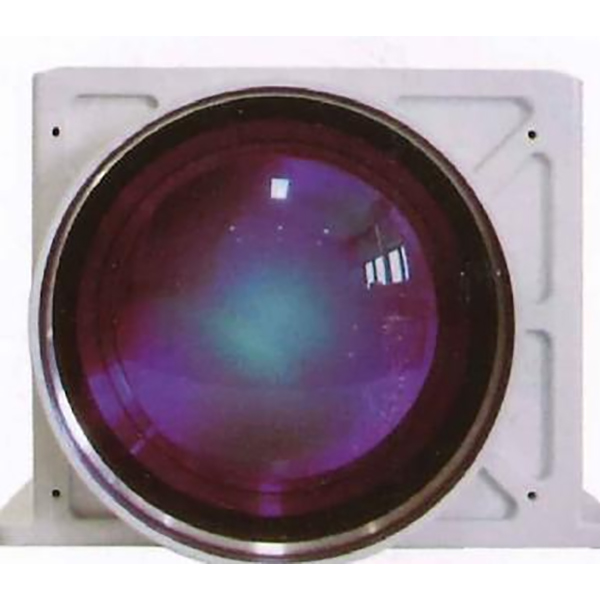The differences between Large caliber MWIR camera and normal one
2025-05-12
The main differences between a large caliber MWIR (Mid-Wave Infrared) camera and a normal MWIR camera come down to performance, durability, and intended use case. Here's a breakdown:
1. Purpose & Use Case
Large caliber MWIR camera: Designed to be mounted on or used near large caliber weapon systems (e.g., tanks, artillery, naval guns). Built to handle high recoil, shock, and vibration.
Normal MWIR camera: General-purpose thermal imaging camera used for surveillance, industrial inspection, search and rescue, etc.
2. Mechanical Robustness
Large caliber: Reinforced housing, ruggedized for military-grade shock and vibration resistance, including the shock from firing heavy weapons.
Normal: Less rugged; may not survive the mechanical stress of a large caliber weapon firing nearby.
3. Optical Performance
Large caliber: Often has higher resolution optics and longer focal lengths for extended-range target detection and identification.
Normal: May have shorter focal lengths optimized for medium or short-range imaging.
4. Thermal Sensitivity (NETD)
Large caliber: Typically optimized for high sensitivity to detect faint thermal signatures at long distances.
Normal: May have slightly lower sensitivity or be optimized for broader temperature ranges, depending on the application.
5. Integration
Large caliber: Integrated into fire control systems, with ballistic computation, target tracking, and aiming assistance.
Normal: Standalone or networked system, typically not integrated into weapon targeting systems.

6. Cost
Large caliber: Much more expensive due to specialized design and military-grade specs.
Normal: More affordable and widely available for commercial or civilian use.
7. Environmental Sealing
Large caliber: Often sealed to military standards (e.g., MIL-STD-810), ensuring operation in harsh environments.
Normal: May have IP-rated sealing, but not necessarily military grade.
If you are interested in our products or have any questions, please feel free to contact us and we will reply you within 24 hours.


